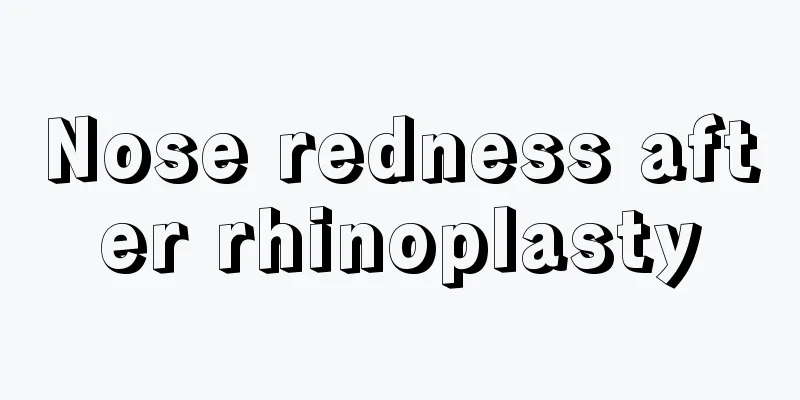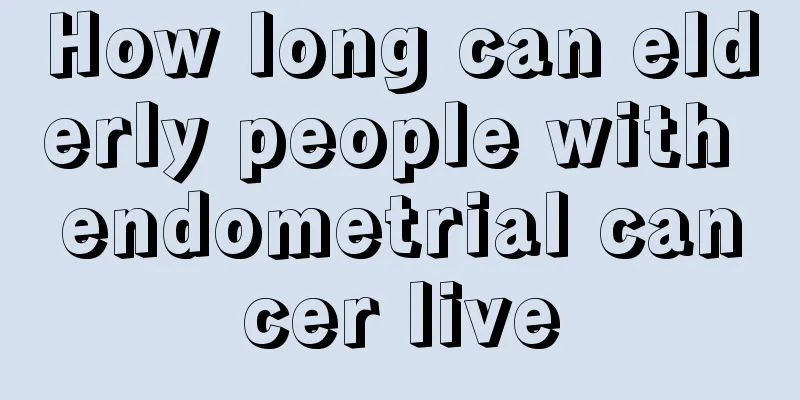Should patients with liver cancer choose MRI or CT for examination? Complete list of examination methods for diagnosing liver cancer

|
Ultrasound is a non-invasive examination with no adverse effects on human tissue. It is simple, intuitive, accurate and inexpensive to operate, and is often used for early detection and diagnosis of liver cancer. The results of ultrasound examinations are easily limited by the experience and meticulousness of the examiner. Experienced ultrasound physicians can detect lesions less than 1 cm using advanced ultrasound diagnostic equipment, but they are present as equal echoes, and smaller tumors located at the top of the liver diaphragm and under the ribs are easily missed. Ultrasound diagnosis is more valuable for differential diagnosis of liver cancer from liver cysts and hemangiomas. Intraoperative ultrasound directly explores the surface of the liver after laparotomy, avoiding ultrasound attenuation and interference from the abdominal wall and ribs, and can detect intrahepatic lesions that were not found by preoperative CT and ultrasound. In the intratumoral anhydrous alcohol injection, radiofrequency ablation, and microwave curing of liver cancer, ultrasound guidance is simple to operate, less time-consuming, and less expensive. More importantly, it can monitor the entire treatment process in real time, greatly ensuring the safety of puncture and treatment. It is currently the most commonly used imaging-mediated method. MRI has no radioactive radiation and can be imaged from multiple directions. The new MRI has overcome the disadvantage of the early imaging speed being too slow. The field strength has been increased to 1.5-2.0T, making it possible to implement a variety of new imaging technologies such as gradient echo sequence and spectral analysis. In addition, the use of hepatocyte-specific contrast agents has greatly improved the detection rate of small liver cancers. The detection rate of lesions less than 1 cm is 55%, 1-2 cm is 70%, and 2-3 cm is 82%. MRI can clearly display the intrahepatic blood vessels and bile duct structure, which is very helpful in understanding the relationship between tumors and intrahepatic blood vessels and bile ducts. MRI can also better display the internal structure of the liver and liver cancer tissues, which is very helpful in evaluating the efficacy of various treatments. For example, after percutaneous intratumoral alcohol injection, radiofrequency ablation or microwave curing, tumor necrosis is shown as a uniform low signal in the T2 stage. If the signal inside the tumor is uneven, it often indicates incomplete necrosis after treatment. MRI can easily detect small hepatocellular carcinomas located on the liver surface that are difficult to detect with CT, and it is also highly sensitive to small metastatic lesions in the liver. However, the detection rate of small hepatocellular carcinomas at the edge of the left lobe of the liver is affected by the pulsation of the heart and aorta, and is not much different from that of CT. The emergence of CT has brought a qualitative leap in the imaging diagnosis of liver cancer and has driven the progress of liver surgery. The resolution of CT is much higher than that of ultrasound, and the images are clearer and more stable, which can more comprehensively and objectively reflect the characteristics of liver cancer. CT examination can clearly show the size, number, shape, location, boundary, tumor blood supply, and relationship with the intrahepatic ducts of liver cancer; it has important diagnostic value for whether there are cancer thrombi in the portal vein, hepatic vein and inferior vena cava, whether there are metastases in the portal and abdominal lymph nodes, and whether liver cancer invades adjacent tissues and organs; CT can also judge the severity of liver cirrhosis by showing the shape of the liver, the size of the spleen, and the presence or absence of ascites. Fast spiral CT can complete the scan of the entire liver in one breath hold (about 20 seconds), which can avoid the upward and downward movement of the plane caused by respiratory movement and miss the scanning of small lesions, and can also overcome the problem of artifacts caused by respiratory movement. Spiral CT can use a minimum layer thickness of 1mm for thin layer scanning, and the detection rate of small liver cancers of 1 to 3cm can reach 90%, and high-quality three-dimensional image reconstruction can be implemented within the length of the spiral scan. For liver cancer that is difficult to diagnose with enhanced CT, CT angiography can be used. CT angiography is a procedure that injects contrast agent into the hepatic artery through a percutaneous catheter and observes the CT image of the hepatic artery. Faced with many evolving imaging methods, clinicians should choose appropriate imaging examination methods based on clinical diagnostic needs. Ultrasound is inexpensive and widely available, and can be used for liver cancer screening and post-treatment follow-up; CT images are clear and stable, and can be used for routine liver cancer diagnosis and post-treatment follow-up examinations; compared with the same generation of CT, MRI image clarity is not satisfactory, but MRI is unique in detecting small lesions in the liver, the condition of blood vessels, and the display of tumor structures, and can be used as a supplement to CT examinations. |
<<: What are the related causes of lung cancer? Beware of 3 causes of lung cancer
Recommend
Is cyst serious?
Cyst is a relatively unfamiliar thing for many pe...
The efficacy and function of green agate
Nowadays, when we choose jewelry, we not only pay...
What should I do if my face becomes red, swollen and allergic?
Facial redness, swelling and allergies are condit...
What is the cause of bed-wetting due to occult spina bifida
Occult spina bifida can cause children to wet the...
The real cause of laryngeal cancer
According to experts, laryngeal cancer is common ...
How much do you know about the effects of full body oil massage?
Whole body oil massage uses techniques to detoxif...
The best way to treat colon cancer is with Chinese medicine
Colon cancer is a common digestive tract malignan...
Can I take cefuroxime if I have a low fever due to nasopharyngeal cancer?
Is it okay to take cefuroxime when having low fev...
What antihypertensive drug does not harm the kidneys
Hypertension can be said to be a very common dise...
Is mugwort leaf effective in treating urticaria?
Urticaria can occur in many people, and if we wan...
Is it useful to apply toothpaste on acne on the face
Toothpaste is a kind of toiletries, but it has ma...
The most effective treatment for bone cancer is definitely surgery
Although there are many treatments for bone cance...
Is reflux esophagitis serious? Understand these things
Reflux esophagitis is a common clinical disease. ...
Metastatic liver ca
With the deterioration of living environment and ...
What organ is under the right chest of the human body
The structure of the human body is very complex. ...









